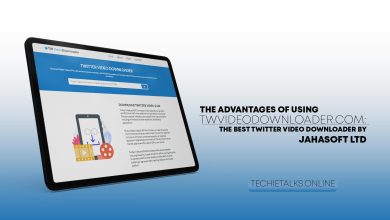Some of readers from Pakistan, might exactly not know what products does Pakistan produces and what not.
Don’t worry, we are sharing the list of products that are made in Pakistan, The reason of mentioning these product lists, is to help the people of Pakistan to purchase their goods from Pakistani Made Products.
There are tons of amazing Pakistani products that are even available in International Market like Masala, Pickles, Sports, Goods, Garments and Bedding.
President of Pakistan Dr. Arif Alvi has advised the nation to buy Pakistani made products due to the pressure on Pakistani rupee.
Considering pressure on Pak rupee,I urge Pakistanis to buy ‘Made in Pakistan’. In this time of crisis we must try to avoid luxury goods & avoidable imported purchases. If you put your mind to it there is a long list of daily use imported products. This is what we must do together
— Dr. Arif Alvi (@ArifAlvi) December 2, 2018
The Lists of Pakistan Made Products
Listing the complete list of Pakistan made products, which will start from bikes to the daily household items and eatables.
TEA BRANDS – Made in Pakistan
You will find tons of Tea Brands available in Pakistan, The quality of these brands is not less than the international brands, Take a look at the list below:
- Tapal Tea
- Meezan Tea
- Vital Tea
- Qamar Tea
BIKES – Made in Pakistan
Pakistani bikes manufactures list is bit long, Pakistani bikes are cheapest as compared to Japanese brands, Check out the lists below:
- United
- Power
- Super Power
- Ravi
- Road Prince
- Unique
- Crown
- Eagle
- Ghani
- Hero
- Hi-Speed
- Metro
- Pak Hero
- Sohrab
- Super Asia
- Star
- Supreme
- Treet
TVs – Made in Pakistan
Check out some of the TV brands that are made in Pakistan, which are listed below:
- Orange
- PEL
- Orient
Refrigerators – Made in Pakistan
Find out the refrigerators that are made in Pakistan, Check the list out Below:
- Dawlance Refrigerators
- PEL Refrigerators
- Orient Refrigerators
Soaps – Made in Pakistan
Check the lists of soaps that are made in Pakistan.
- Capri
- Tibet
- Vital
Cold Drinks – Made in Pakistan
This is interested for many, find out the cold drinks brands that are made in Pakistan, Check the list out below:
- Pakola
- Gourmet
- Cola Next
Toothpaste – Made in Pakistan
Find out the toothpaste that are made in Pakistan, which are listed down below:
- Medicam
- English
Milk and Milk Products – Made in Pakistan
Find out the milk and milk products that are made in Pakistan, Check the list out below:
- Prema
- Haleeb
- Adam
- Nurpur
- Olper’s (FrieslandCampina International of Holland has bought 51% shares of Engro Foods, 49 % are held by Engro Corporation)
Chocolates – Made in Pakistan
You will find tons of chocolates brands made in Pakistan, Check out the lists below:
NOTE- Following of chocolates are made by CandyLand (Ismail Industries Limited) in Pakistan.
- Novella
- Crown
- Now
- Sonnet
- Mello
Following chocolates are made by Giggly (Volka Food International) in Pakistan.
- Silk
- Opus
Mobile Phones – Made in Pakistan
Check out some of the mobile phone brands in Pakistan, Listed Below:
- QMobile
- Rivo Mobile
- Club Mobile
Cars – Made in Pakistan
Find out the cars that are made in Pakistan, Check the list out below:
- Suzuki Mehran
- United Bravo
Shaving Products – Made in Pakistan
Check out the different shaving products that are available in Pakistan, Find the Lists Below:
- Treet Corporation
- Tibet Shaving Cream
Cosmetics Products – Made in Pakistan
You will find many high quality cosmetics companies that are available in Pakistan, Check out the lists of these products, they are not less than any International brands.
- Samsol Cosmetics
- Tibet Cosmetics
- Olivia Cosmetics
- Nisa Cosmetics
- Parley Cosmetics
- Medora Cosmetics
- Forvil Cosmetics
If you found out any wrong in the lists, please let us know in the comment section below.



